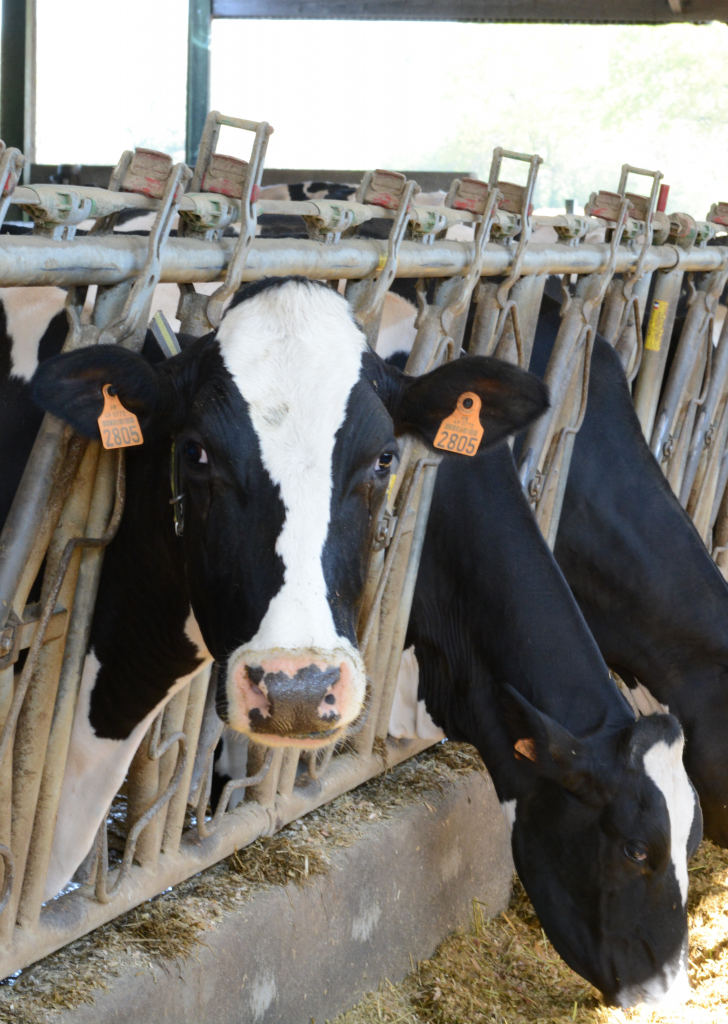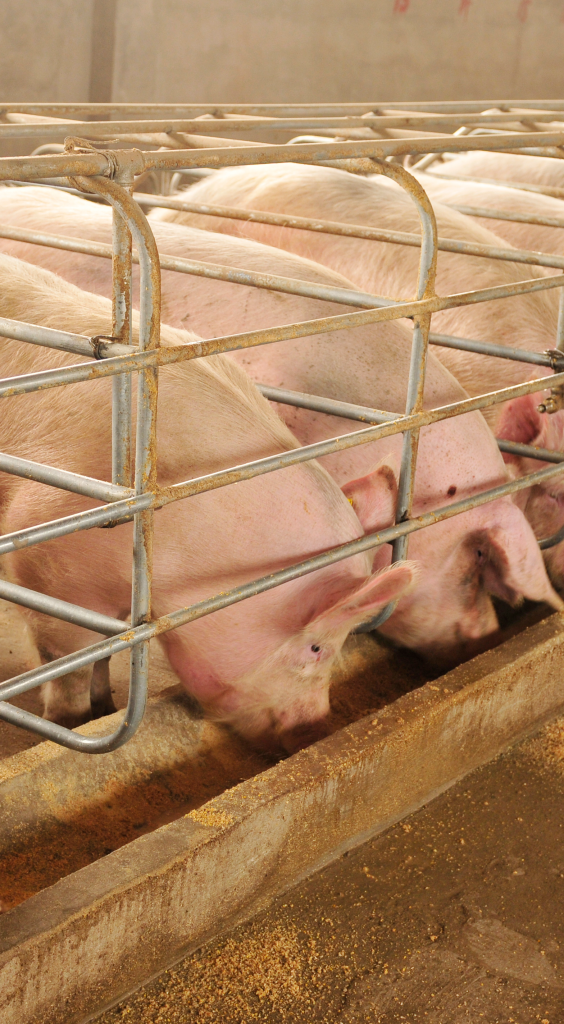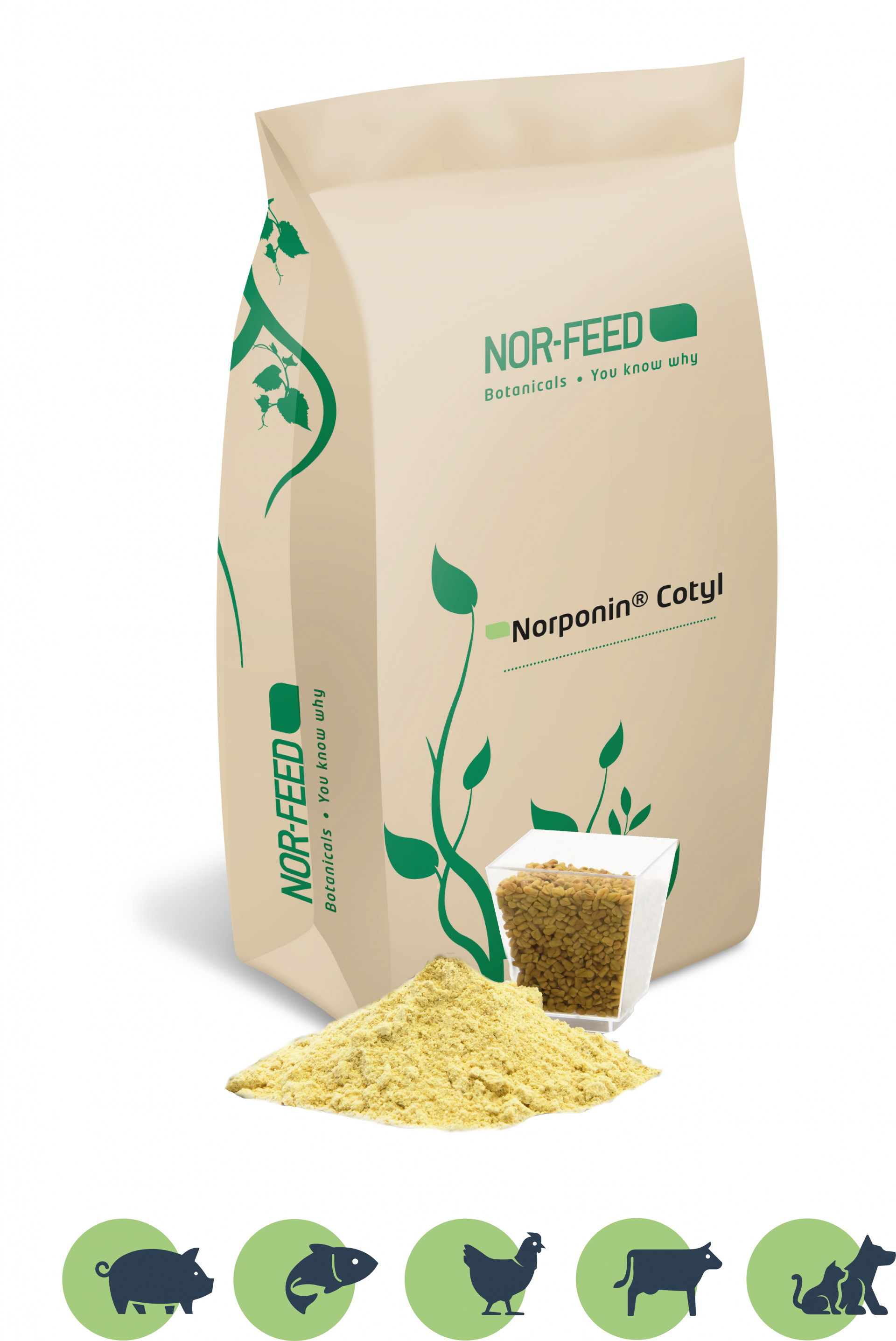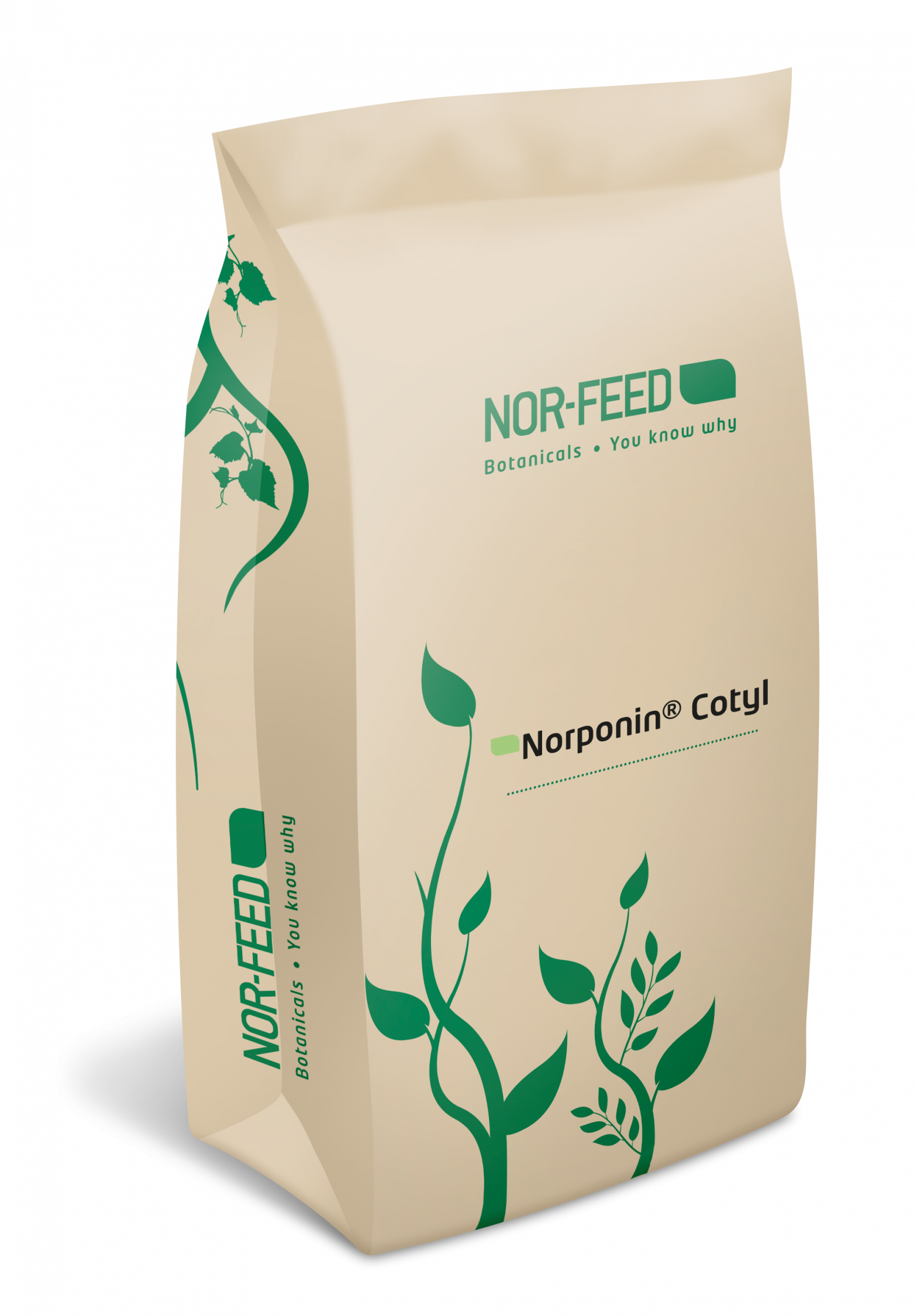Solutions
Challenges
Improve feed palatability

What is
Palatability?
Feed palatability is an important parameter to be considered in animal nutrition. However, it’s a notion with different definitions. Palatability can be defined as the acceptability of the feed by the animal, the facility of a feed to be consumed, as a choice (the preference between different feeds).
This notion of palatability is commonly linked to the sensorial properties of the feed:
- Taste
- Odor
- Texture
- Temperature
- Appearance
However, the post-ingestive effects of the feed play also an important role in animal feeding activity. Indeed, all of these elements (the sensorial properties of the feed and its post-ingestive consequences) are memorized by the animal in the central nervous system to determine the feed palatability. It’s a learning phenomenon: the association between the sensorial properties of the feed and its effect after ingestion.
Lastly, other parameters are involved in the concept of palatability, such as the physiological status of the animal, its environment (temperature, social influences…)
Also, palatability is influenced by a learning phenomenon (by the capacity of the animal to integrate, memorize and associate the sensory properties of the food and its post-ingestive consequences). This influences the feeding behavior of the animals.
Why is palatability important in the
Feeding activity of animals
Ensuring a smooth feed transition during weaning
An adapted feeding program, associated with an optimal consumption are essentials to reach performances of the farm. Indeed, it’s crucial to ensure a sufficient assimilation of nutrients to meet not only maintenance needs but also growth needs, in order to maximize zootechnical performances.
However, different dietary transitions occur during animal production period, affecting their feeding activity. Young animals face a dietary changing at weaning (from milk to solid feed), that can be accepted more or less easily. But feed refusal during few days can lead to a reduction of the growth performances.
That is why feed palatability is very important, for example in calf diet, to stimulate solid feed consumption in order to maintain growth rate at weaning and for a good rumen development.
Promote rapid adaptation to dietary changes throughout the production period
Moreover, during all the production period, other changes will occur in animals’ diet (modification of the formulation, different dietary phases…). So, it’s important to encourage a quick adaptation to the new diet and its acceptation by the animal, thanks to feed palatability during dietary transitions.
To go further, in a cost optimization approach, one of the objectives of the feeding program is to avoid cost losses due to refusals and decrease in food consumption.
Improve zootechnical performance and animal welfare
Finally, working on palatability is a key in the feeding strategy to help improving zootechnical performances as well as providing positive stimulations that participate to animal welfare.
So, working on feed palatability, is an essential factor in order to optimize farm performances. This requires the consideration of many parameters, including the attractiveness of the feed thanks to its positive sensory properties associated with good post-ingestive effects sending a positive signal in order to be favorably memorized by the animal and to stimulate feed intake durably.
Norponin® Cotyl is a natural extract made from fenugreek (Trigonella foenum-graecum) seed cotyledons, designed for use in mineral feeds, licking blocks and in the complete ration to enhance the feeding experience of animals.
Saponines


Our natural feed supplement to improve feed palatability
Norponin® Cotyl
Norponin® Cotyl is a natural extract made from fenugreek (Trigonella foenum-graecum) seed cotyledons, designed for use in mineral feeds, licking blocks and in the complete ration to enhance the feeding experience of animals.


